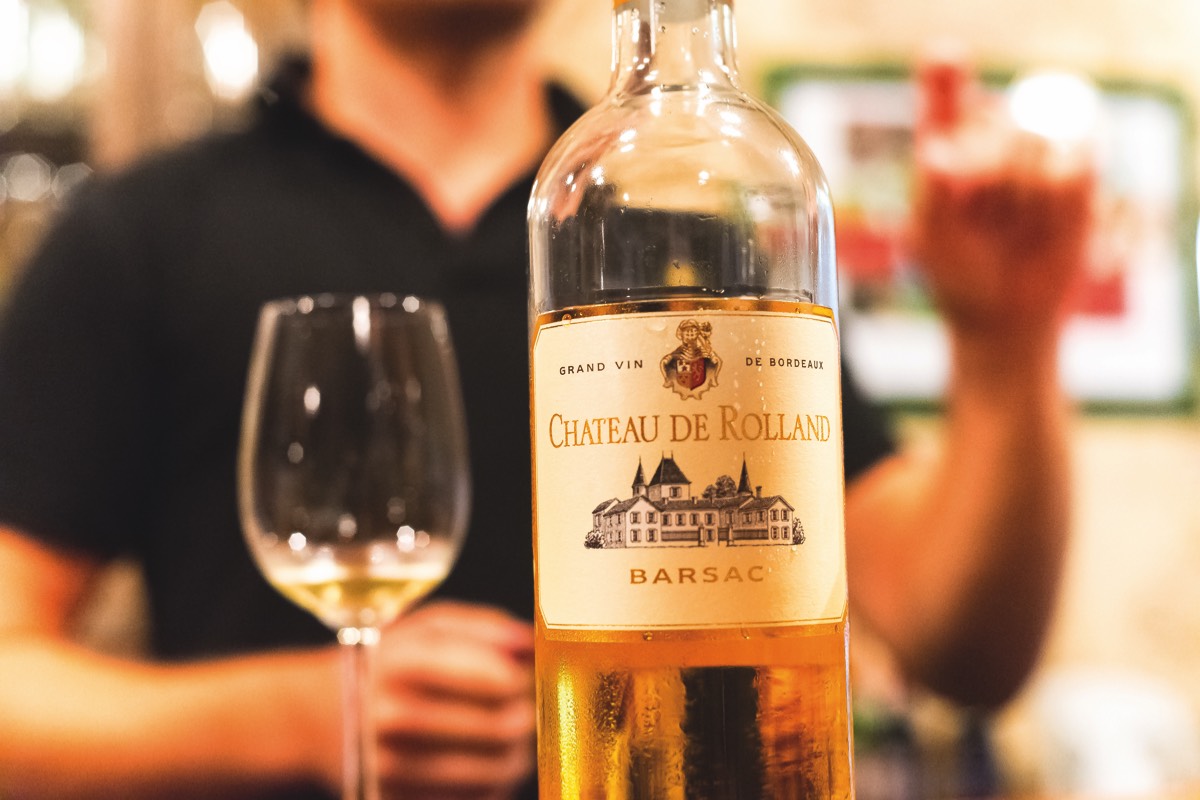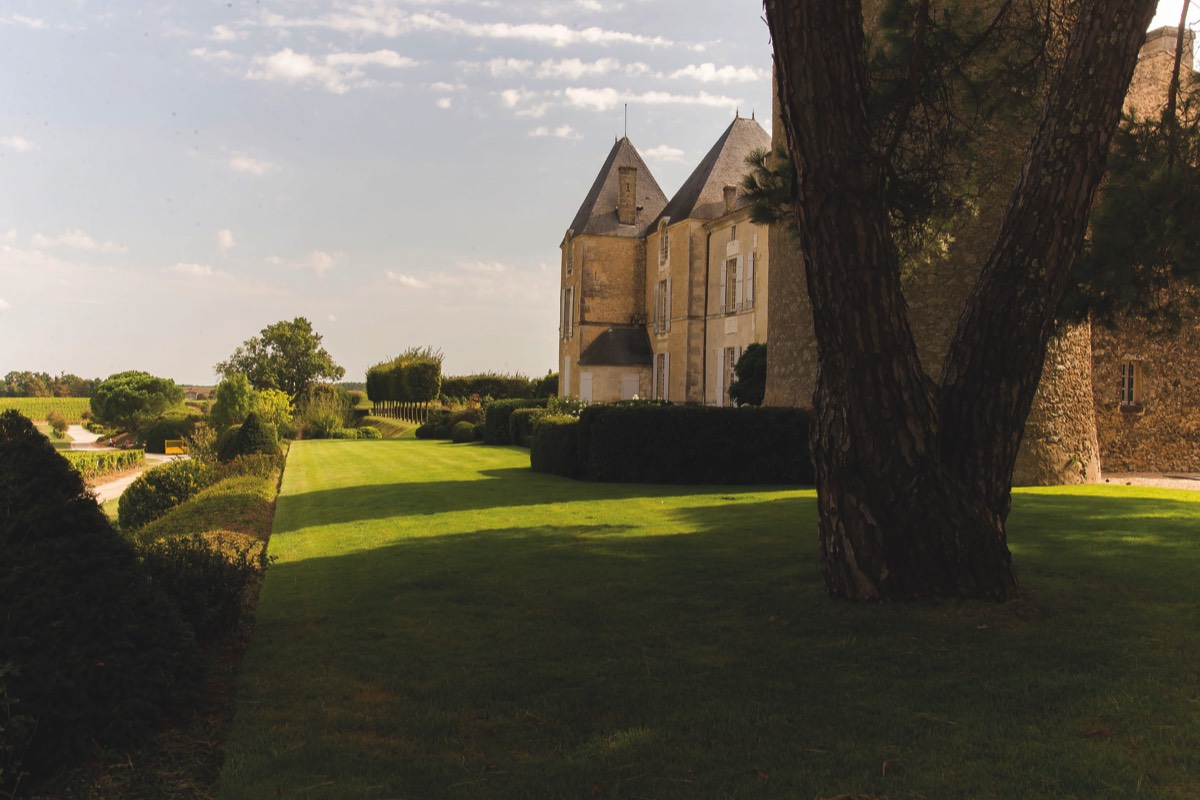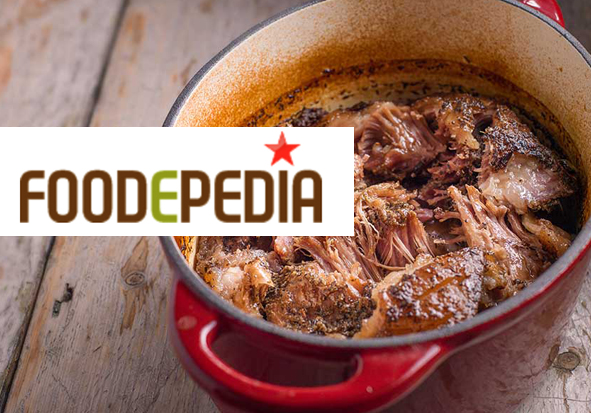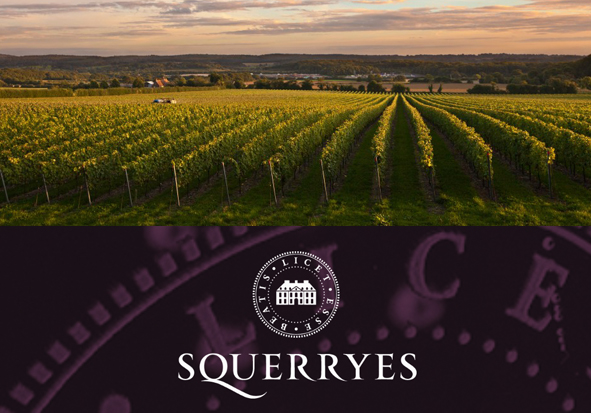WINE
Surrey’s Premier Lifestyle Magazine
Breaking the mould
Don’t keep sweet Bordeaux for dessert, this wonderful wine can be paired with more than just pudding. Food and wine writer Nick Harman goes to meet the makers.

The road sign emerges in the car’s headlights: ‘Sauternes’. A name previously familiar only from the labels on a bottle suddenly becomes a real place of bricks and mortar.
Or to be exact, ancient stones. Sauternes village is a huddle of centuries-old houses unchanged by time. Everywhere are signs for its most famous product and it’s a must-see stop for anyone on the Sweet Bordeaux wine trail.
And it’s a bigger trail than some imagine. There are in fact eleven sweet wines produced in the region, Sauternes, of course, but also Cadillac, Barsac and Loupillac to name just a few. The differing soils, microclimates and elevations provide a wonderfully wide variation of wine styles across the area and within individual chateaux, all of which can be explored at the Maison des Vins de Cadillac, a fascinating combination of museum and tasting centre. The unifying factor is the all-important autumn fogs created by the nearby Garonne and Ciron rivers.
“Folklore says that hundreds of years ago a white wine grower didn’t harvest before the fog came and his grapes got covered in a grey mould that made the berries shrivel up. Not wanting to lose all his money, he made wine anyway and it was a revelation: sweet, complex and delicious.” Jean-Christophe Barbe is telling me this as he offers me different vintages in the kitchen of his home, the vineyard Château Laville in Preignac. He isn’t just a winemaker, he is a professor at Bordeaux Oenologist University and his speciality is the fungus that the fog creates on the berries, the Noble Rot.
Or to be exact, ancient stones. Sauternes village is a huddle of centuries-old houses unchanged by time. Everywhere are signs for its most famous product and it’s a must-see stop for anyone on the Sweet Bordeaux wine trail.
And it’s a bigger trail than some imagine. There are in fact eleven sweet wines produced in the region, Sauternes, of course, but also Cadillac, Barsac and Loupillac to name just a few. The differing soils, microclimates and elevations provide a wonderfully wide variation of wine styles across the area and within individual chateaux, all of which can be explored at the Maison des Vins de Cadillac, a fascinating combination of museum and tasting centre. The unifying factor is the all-important autumn fogs created by the nearby Garonne and Ciron rivers.
“Folklore says that hundreds of years ago a white wine grower didn’t harvest before the fog came and his grapes got covered in a grey mould that made the berries shrivel up. Not wanting to lose all his money, he made wine anyway and it was a revelation: sweet, complex and delicious.” Jean-Christophe Barbe is telling me this as he offers me different vintages in the kitchen of his home, the vineyard Château Laville in Preignac. He isn’t just a winemaker, he is a professor at Bordeaux Oenologist University and his speciality is the fungus that the fog creates on the berries, the Noble Rot.

“The scientific name is Botrytis cinerea,” Jean-Christophe explains. “The fungus punctures the grape’s skin, so the water evaporates and that raises the sugar concentration in the remaining juice.”
The downside is that it means you get a lot less wine from your vines. “About one glass per vine,” he says, as I leave, “which explains the high cost of the finished product.”
I move to another kitchen, another ancient chateau, this time the home of Laure de Lambert Compeyrot, chatelaine of Château Sigalas Rabaud in Bommes. Here chef Olivier Straehli of La Maison des 5 Sens in Bordeaux is creating dishes to match Laure’s range of wonderful sweet wines.
Far from being heavy and cloying, the new breed of sweet Bordeaux from winemakers who, like Laure, are increasingly women, offer all kinds of expressions. The younger wines are a lighter golden colour, vivacious, clean and fruity, especially when served chilled. They haven’t yet the full honeyed complexity of age, but they bring a lot to the plate and the palate.
This is amply demonstrated over seven courses and seven wines. Flavours are complemented, enhanced and balanced, from a dish of Shepherds Pie in a pumpkin with coconut milk, to one of cress risotto with parmesan and another of Soba noodles with cream of kaffir lime and roasted sesame. You’d not normally think to pair these dishes with sweet wines, but they work wonderfully.
The downside is that it means you get a lot less wine from your vines. “About one glass per vine,” he says, as I leave, “which explains the high cost of the finished product.”
I move to another kitchen, another ancient chateau, this time the home of Laure de Lambert Compeyrot, chatelaine of Château Sigalas Rabaud in Bommes. Here chef Olivier Straehli of La Maison des 5 Sens in Bordeaux is creating dishes to match Laure’s range of wonderful sweet wines.
Far from being heavy and cloying, the new breed of sweet Bordeaux from winemakers who, like Laure, are increasingly women, offer all kinds of expressions. The younger wines are a lighter golden colour, vivacious, clean and fruity, especially when served chilled. They haven’t yet the full honeyed complexity of age, but they bring a lot to the plate and the palate.
This is amply demonstrated over seven courses and seven wines. Flavours are complemented, enhanced and balanced, from a dish of Shepherds Pie in a pumpkin with coconut milk, to one of cress risotto with parmesan and another of Soba noodles with cream of kaffir lime and roasted sesame. You’d not normally think to pair these dishes with sweet wines, but they work wonderfully.
And for those looking for true nobility, there is Château d’Yquem. My pilgrimage along the sweet wine route had to end where some of the most expensive wines in the world are produced. This beautiful chateau on a hill has dominated the landscape since around 1477 and you’re aware of the wealth and power of the brand at every turn.
Here Sandrine Garbay guided my tasting. She is the ultimate decision maker on each year’s production, and with bottles costing upward of £150 to £350 or even more, it’s a serious job.
The more aged Yquems are complex and layered, tropical fruits with the marmalade finish that is the mark of the finest sweet Bordeaux. Balance is perfect, a velvet mouthfeel and an acidity so gentle it’s almost invisible, but which clears the palate. I feel bathed in golden sunlight even sitting indoors.
So the message is don’t stop just at Sauternes, but instead explore the remarkable range of sweet Bordeaux wines and even try, as the sweet Bordeaux website suggests, mixing it for a cocktail. A few aged sommeliers may turn purple at the very idea, but there’s a new golden age for sweet Bordeaux on the horizon and just a short plane ride will have you in paradise.
Here Sandrine Garbay guided my tasting. She is the ultimate decision maker on each year’s production, and with bottles costing upward of £150 to £350 or even more, it’s a serious job.
The more aged Yquems are complex and layered, tropical fruits with the marmalade finish that is the mark of the finest sweet Bordeaux. Balance is perfect, a velvet mouthfeel and an acidity so gentle it’s almost invisible, but which clears the palate. I feel bathed in golden sunlight even sitting indoors.
So the message is don’t stop just at Sauternes, but instead explore the remarkable range of sweet Bordeaux wines and even try, as the sweet Bordeaux website suggests, mixing it for a cocktail. A few aged sommeliers may turn purple at the very idea, but there’s a new golden age for sweet Bordeaux on the horizon and just a short plane ride will have you in paradise.
essence info
Nick Harman, writerWebsite: www.theculinarytraveler.net
Maison des Vins de Cadillac, D10 Route de Langon, 33410 Cadillac, France
Website: www.maisondesvinsdecadillac.com
Château Laville, 6 Laville, 33210 Preignac, France
Website: www.chateaulaville.com
Château Sigalas Rabaud, Rabaud-Sigalas, 33210 Bommes, France
Website: www.chateau-sigalas-rabaud.com
Château d’Yquem, 33210 Sauternes, France
Website: www.yquem.fr
“The scientific name is Botrytis cinerea,” Jean-Christophe explains. “The fungus punctures the grape’s skin, so the water evaporates and that raises the sugar concentration in the remaining juice.”



